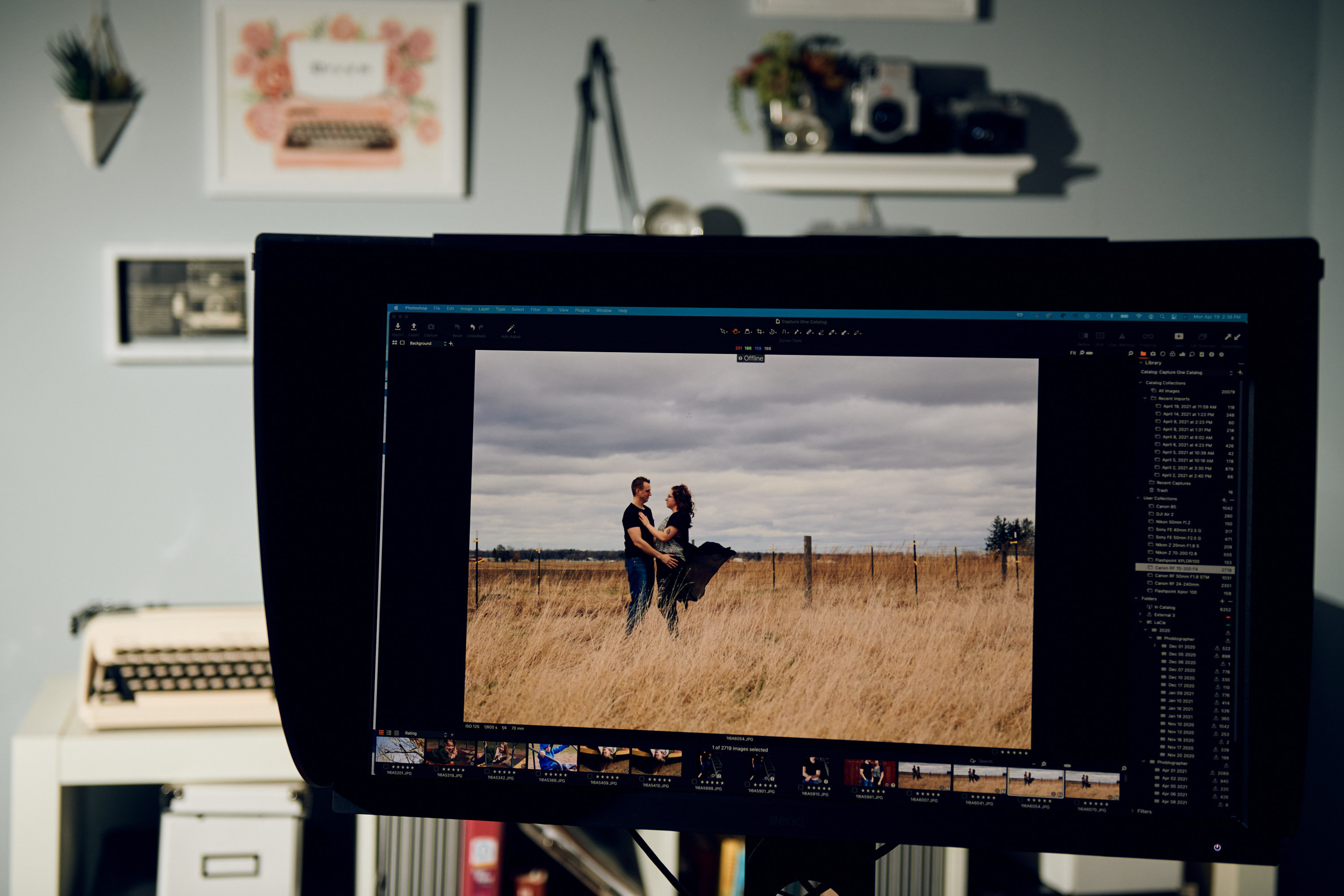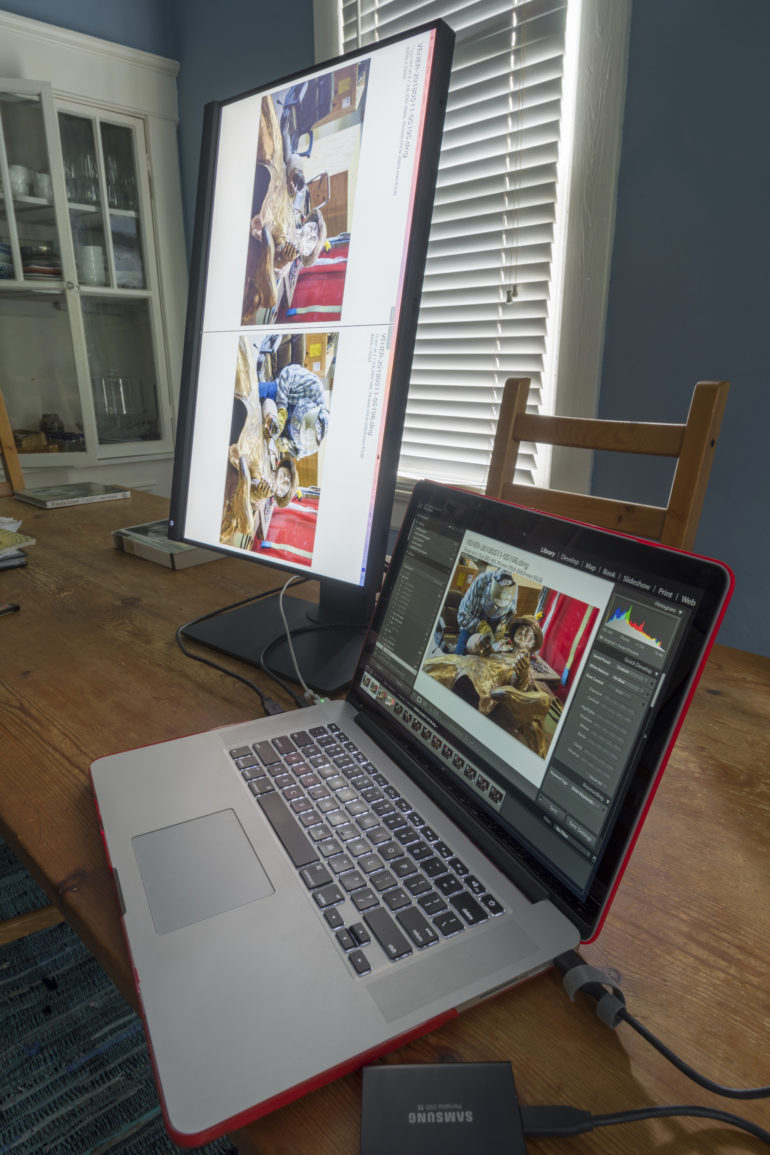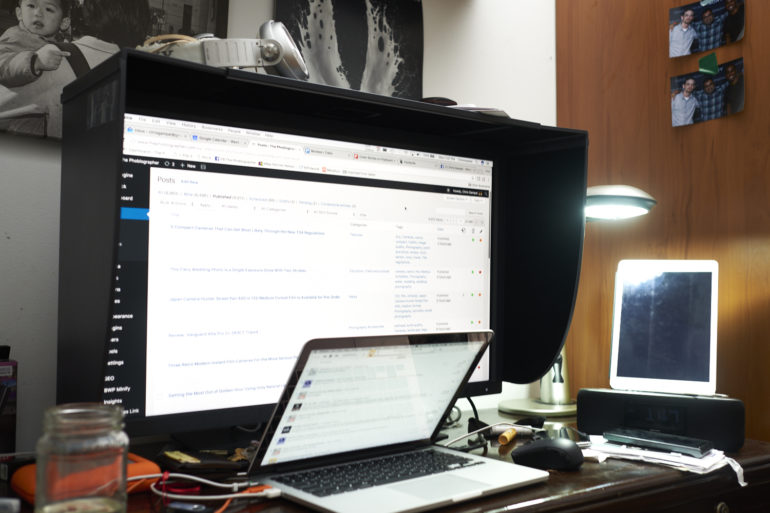I’ve heard arguments from both sides of the camp. The question is whether or not screen calibration matters these days. With over 14 years in this business, I’ve seen the answer change many times. And, just like with reviews, there’s a technical answer and a practical, real-world answer. There are folks who won’t change their minds no matter what. And there are photographers who never even cared about it. In 2022, the answer is a bit complicated. And we think the truth of the matter may change your mind.
You can view this article and much more with minimal banner ads in our brand new app for iOS, iPadOS, and Android. And for $24.99/year, you can have a banner ad-free experience.
For the record, we’ve reviewed a bunch of screen calibrators in the past.
Technically speaking, calibration surely matters. But it matters more based on the monitors you’re using. That issue becomes infinitely complicated. Let’s take our website as an example. It may look different on a Samsung curved display hooked up to a PC than it does on the iMac I’m using to write this blog post. But what I see on my 2019 iMac is similar to what Dan, Ellyn, Mark, Feroz, Brittany, and Hillary will all see when they read my posts. The reason for that is because we’re all using Apple devices. Most Apple devices are calibrated to look the same.
Now, practically speaking, let’s take that further. Overall, iOS devices all look the same when they’re uncalibrated. What I see on my computer will look similar to what I see on my iPhone, but it won’t be quite the same. I found this out a few months ago when Reviews Editor Hillary Grigonis challenged the staff. She tried to get us to tell the difference between images and figure out which camera shot which photo. On my phone, I thought one way. But on my iMac, I thought something totally different. I can only imagine what one would’ve thought if they were on something like an HP Z Book.
Here’s something else we keep in mind:
- In the month of January, 66% of our readers were using mobile devices.
- Most of our users are coming to us from Android devices.
- Most of our users are also coming to us specifically from iPhones, and the Android phones are all over the place.
So this means that most of the people reading our website aren’t doing it on the desktop. As such, they’re true to our philosophy of not caring about pixel peeping. Pixel peepers make up a very small majority of our readers. That detail aside, they’re all still getting more or less the same viewing experience with small variance.
And guess what? None of us calibrate our displays. I stopped years ago; it became too tedious. In order for you to get the same viewing experience I am, I need to send you my ICC profile. But why bother if we can use roughly the same profile the manufacturer gave our devices?
Where this gets more complicated (and fascinating) comes with printing. But in the past few years, photo printers and computers have gotten better about sharing ICC profiles. At least, that’s the case with Apple devices and things like Canon printers. Epson’s printers are a bit different. (Let’s not even bother getting into printing from your phone to an Instax device.)
In reality, I believe calibrating your screen doesn’t matter anymore. Do you think every single NY Times photographer calibrates their display? What about all the photographers who work at Reuters? The truth is they don’t. The varying experiences these days from screen to screen are so common that there’s no point. Unless you’re using the cheapest display possible, then it won’t matter much. But if you’re using the cheapest display possible, you probably also don’t care about photography all that much.
You can sit and get into a lot of technicalities for sure. You can make some numbers look completely different from one another. But at the end of the day, consider the practicality.




